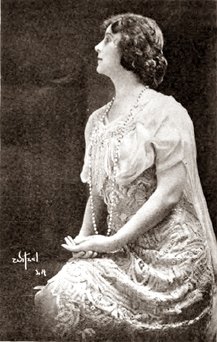
Ms. Woodward, at her evidently prestigious California School of Artistic Whistling (at suite 21. 8th and Beacon street, Los Angeles) seems to have put in tremendous efforts in furthering the cause of whistling as a legitimate career. Agnes, the daughter of Charles and Martha Woodward (Charles was a military man and a noted surgeon), had three sisters, Elizabeth, Martha, and Emma, as well as Bess, a cousin, (who went of to act in silent film as Bess the Detectress, as Bessie Pinkerton Holmes). These talented girls were apparently quite musical; both Emma and Agnes were music teachers, and soon, Agnes started the Agnes Woodward Whistling Chorus. Things must have gone very well for the enterprising warbler, as she moved to Los Angeles to open her famed whistling school in 1909.
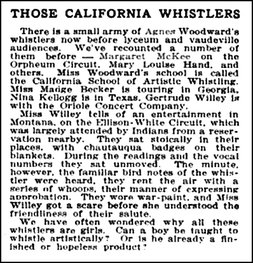
To a great extent, as a higher expression, whistling was the purview of women, it seems. Male whistling as an entertainment seems to have been more Vaudeville oriented (though one article about the California school states the following: "Comely young maidens with rosebud lips are not the only students. Nay--there is a railroad engineer, a postal clerk, a merchant, and a man totally blind among the group of men aspiring to be whistle artists.") In this spirit, note the amusingly wistful final statement in the article to the left, speculating on the biological determinism in the whistling craft.
So, like the other high-browed whistling matron of the era, Sibyl Fagan, Agnes wrote a detailed instruction manual of musical whistling, entitled, Whistling as an Art, adding to the wonderful history of whistling in a charming, yet thoroughly credible way. This book is available to read, if you follow the link below. How helpful it will be for a modern career in whistle-ism is questionable, but as a fun read for lovers of history and fun artifacts. Agnes seems to have been quite a woman, and very typical of the go-get-em Edwardian-era gal; her story creates a lovely wave of nostalgia in my heart. This sort of non-ironic two-hands grasping of such a colourful skill is right in my wheelhouse, and makes me wish that such things were still possible. Believe me, on a Sunday afternoon, after a band concert in the park, nothing would please me more than a grand whistling concert by Agnes and her lovely ladies.
Click on images to enlarge
| | | |
| ||||
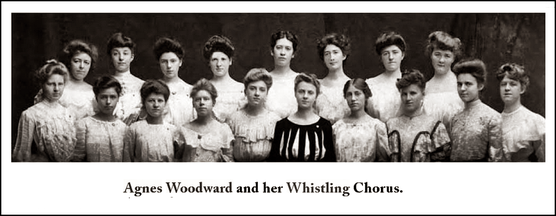
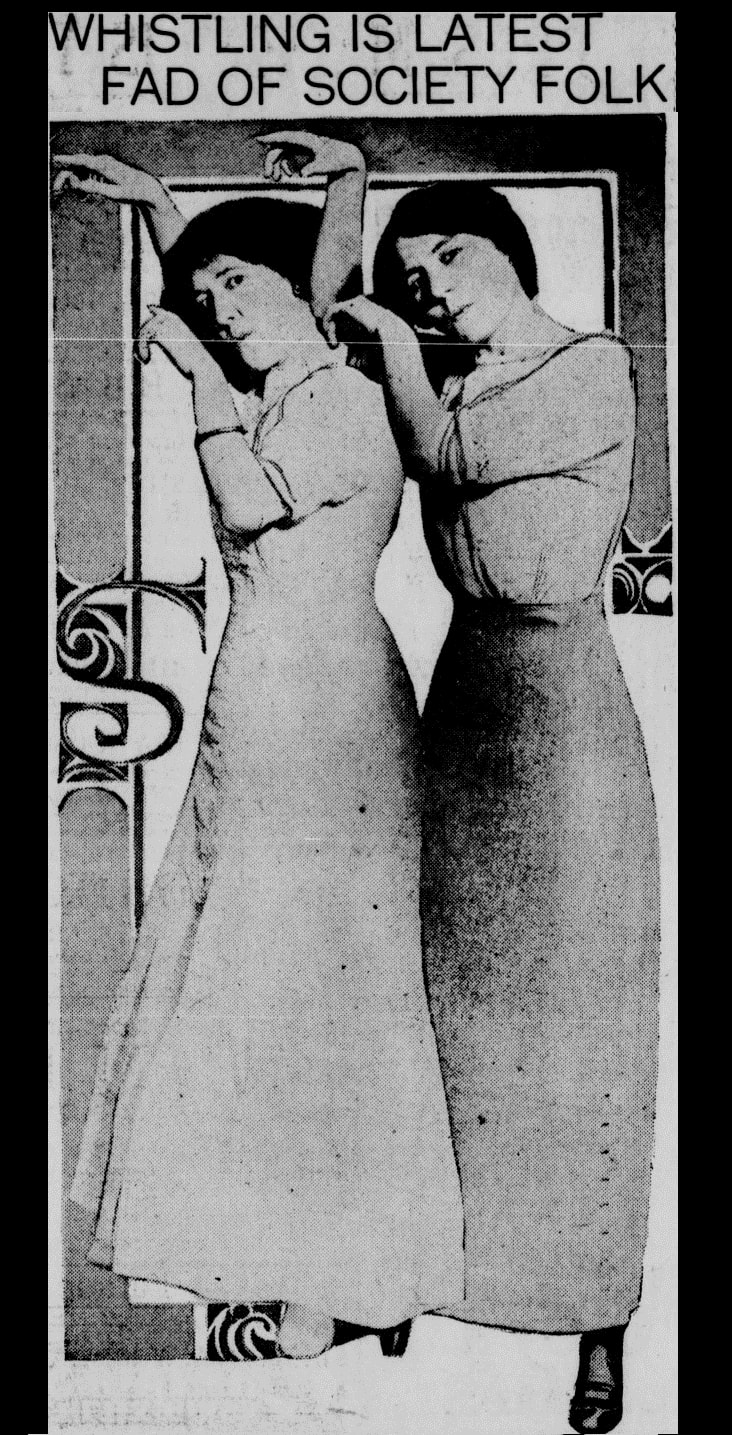
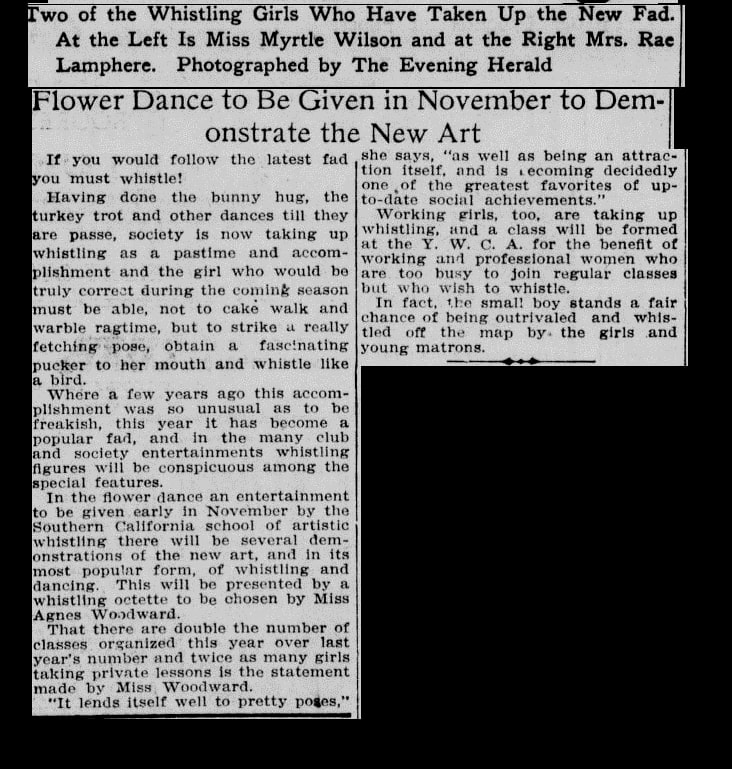
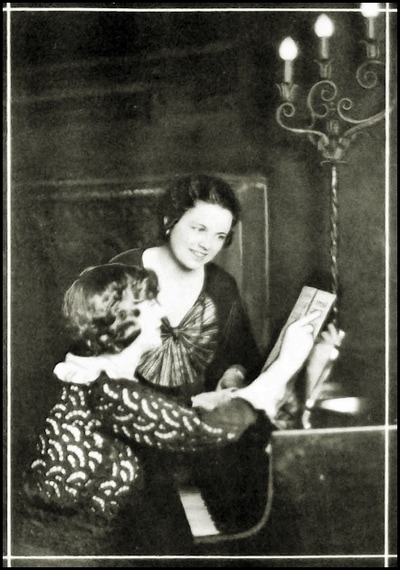
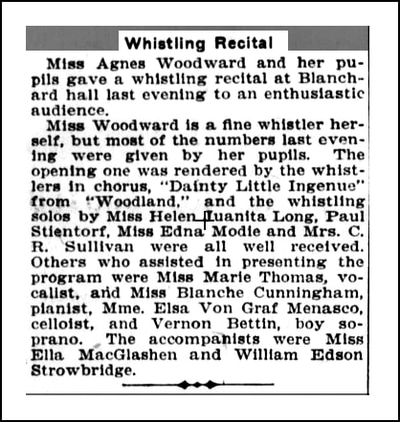
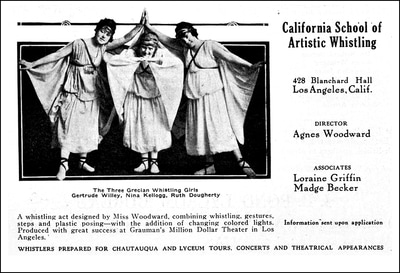
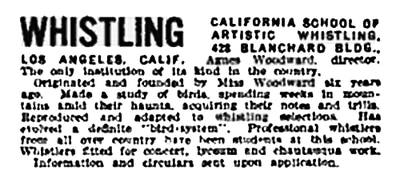
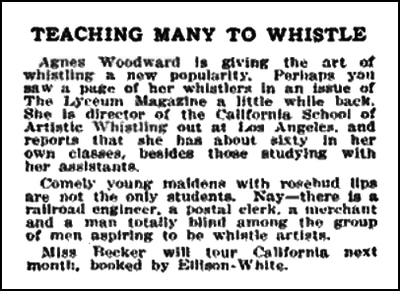
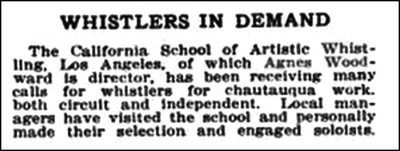
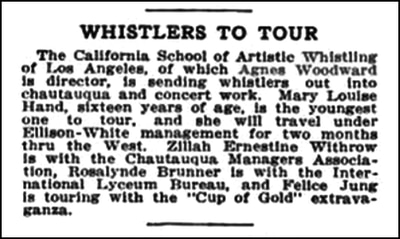
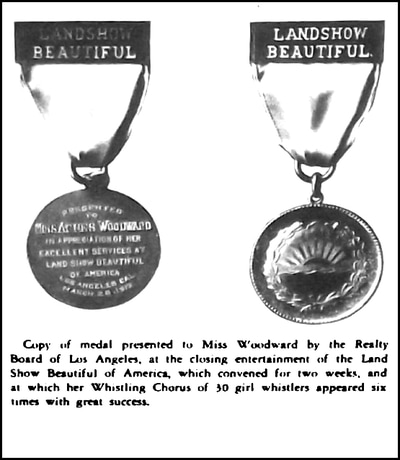
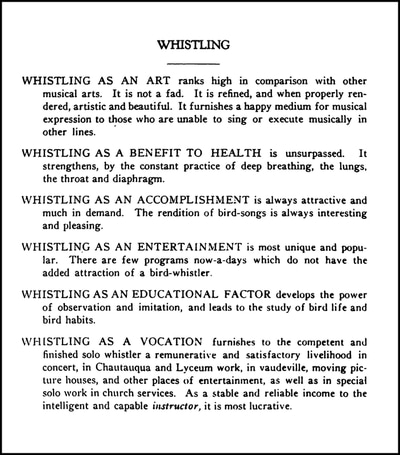

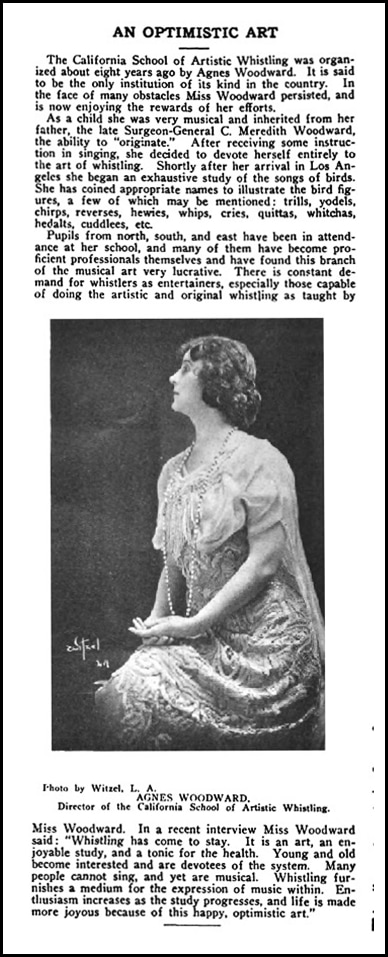



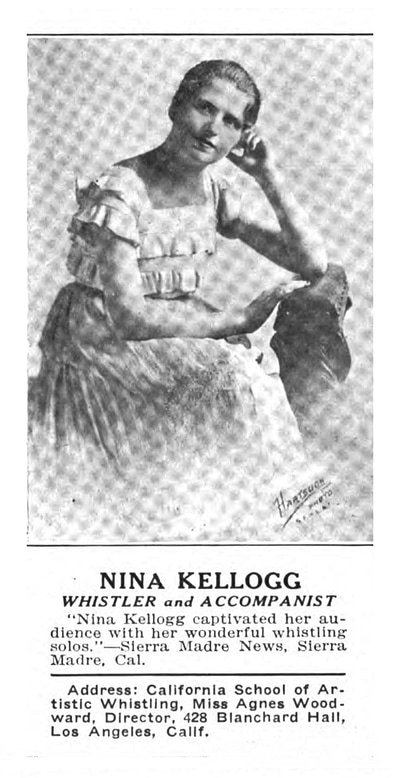


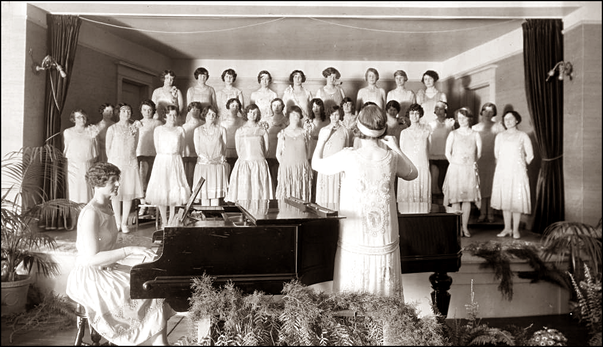
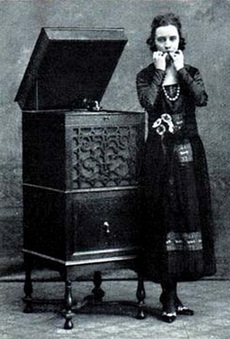
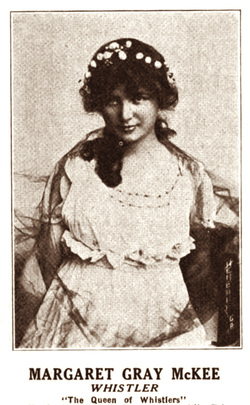
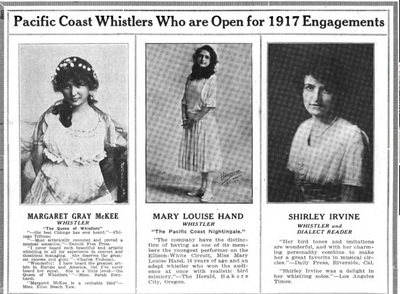
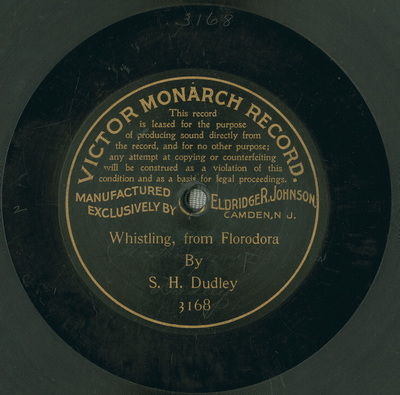
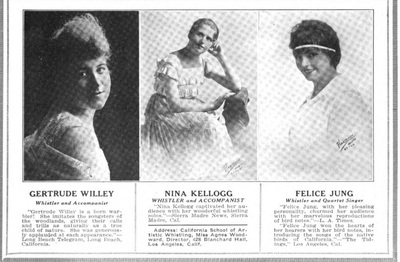
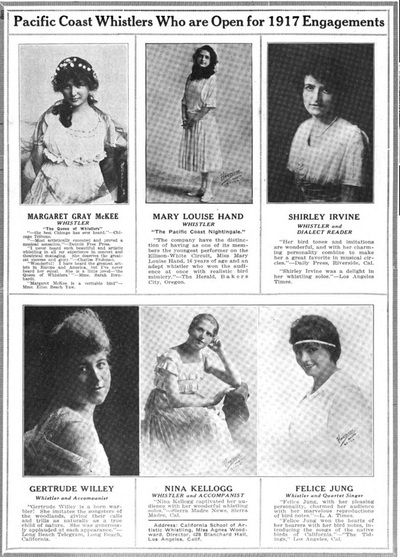
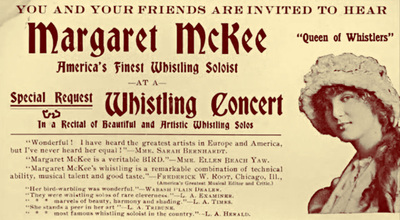
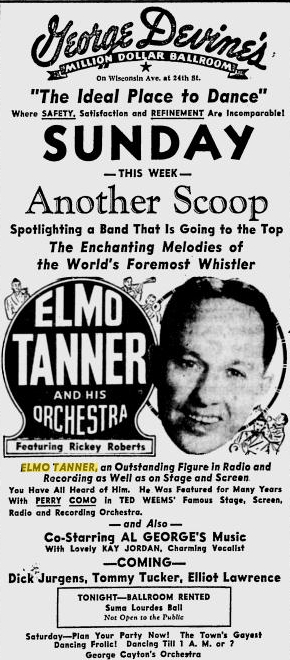
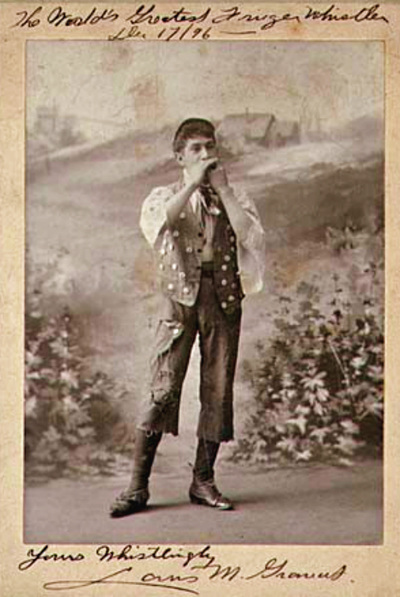
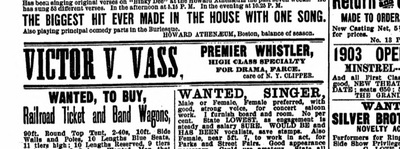
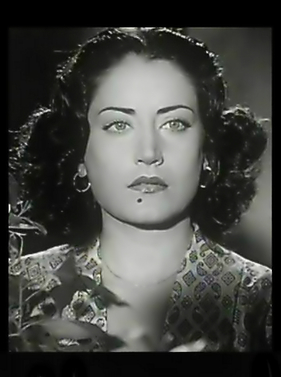
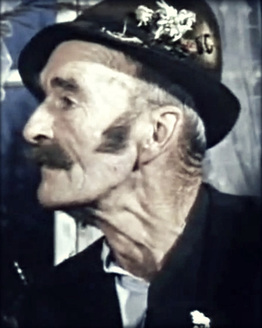
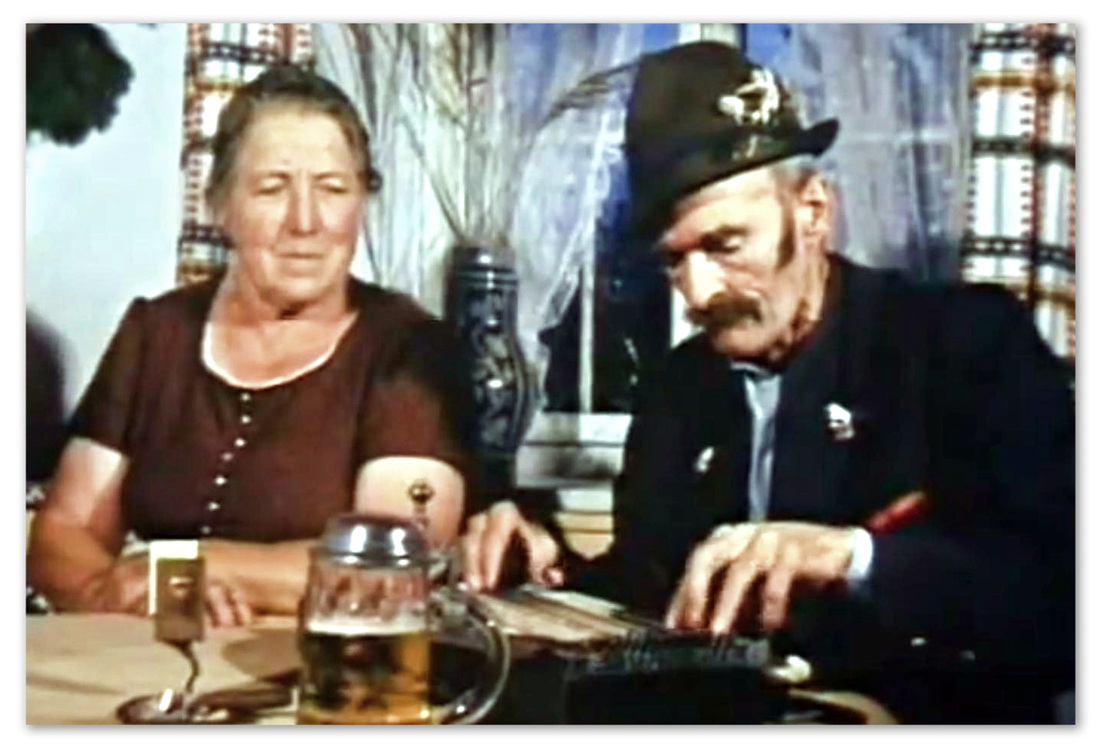
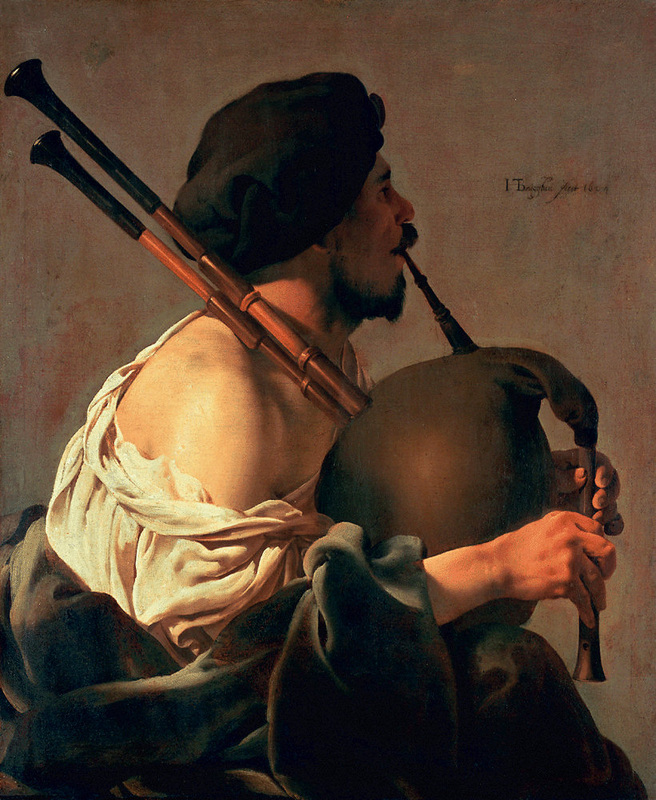
 RSS Feed
RSS Feed

